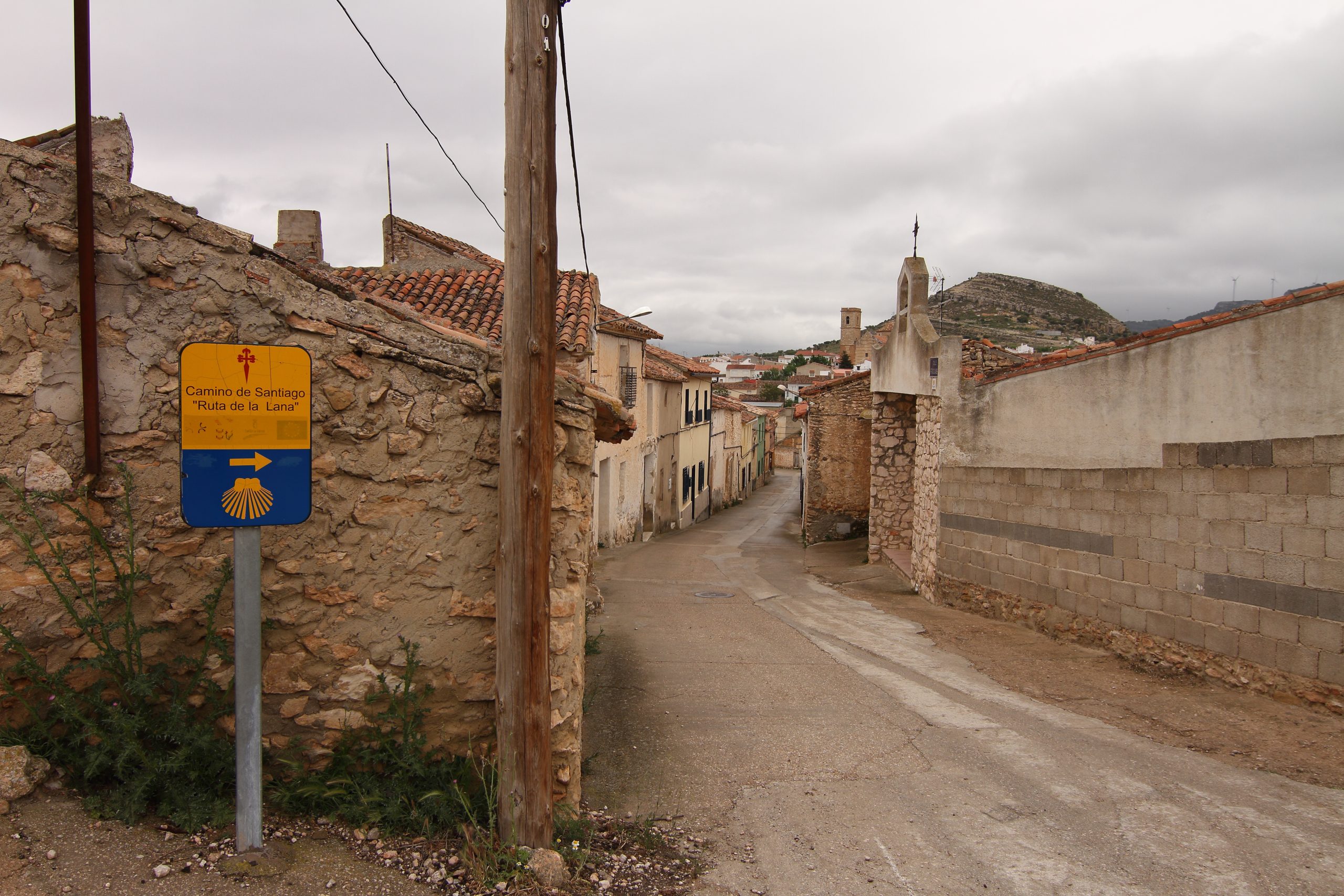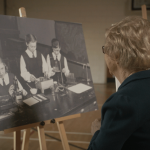VANCOUVER (CCN) — At the Spanish hostel called St. Alba, a simple, unmistakable moment crystallized Camino pilgrim Brenda Krivuzoff’s purpose as an educator and as principal of St. Mary’s Elementary School in Vancouver during the Jubilee Year of Hope.
The moment occurred when a brother laid hands on members of her group of Vancouver Catholic school principals and prayed over them. Krivuzoff said his words and gestures connected her to the Holy Spirit.
“I felt and heard the Holy Spirit through the brother when he spoke to me about my worries and concerns,” she said. “It was right there that I realized why I was on the Camino, and if nothing else happened the rest of the journey I was at peace.”
When he blessed Waldemar Sambor, principal of St. Helen’s Elementary in Burnaby, the brother told him, “You are the leader, you must share your faith with your community, especially this Jubilee year.”
That blessing was one of many touchstones on the seven-day pilgrimage this summer. Ten Catholic school principals from the Archdiocese of Vancouver walked nearly 200 kilometres along the Portuguese Coastal Route of the Camino de Santiago, from the Spanish town of Oia to the Cathedral of Santiago de Compostela, home of the shrine of St. James.
“Our pilgrimage was a profoundly spiritual and meaningful way to grow closer to God, and the experience touched us all in different ways,” Krivuzoff said. “During this Jubilee Year, the Church offers us a special time of renewal, and the Catholic Independent Schools of the Vancouver Archdiocese Administrators Association El Camino Pilgrimage gives us the strength and courage to witness and proclaim our faith in our own school communities.”
Each morning began with a pilgrim’s prayer before long stretches of walking. The days were marked by ancient churches and municipal fountains, by Masses and quiet conversations on the path.
The pilgrimage mingled the practical with the spiritual. In addition to special blessings and Masses, Krivuzoff said even the act of hydration at a municipal fountain took on deeper meaning. Pilgrims could drink and wash their faces, but it also allowed for a moment of reflection and gratitude.
“Many pilgrims describe drinking from these fountains as ‘refreshing the soul’ after fatigue, like a small sacrament of daily life,” she said.
The pilgrimage ended with the touching of their feet to a scallop shell embedded in the pavement of the plaza in front of the Cathedral of Santiago de Compostela.




